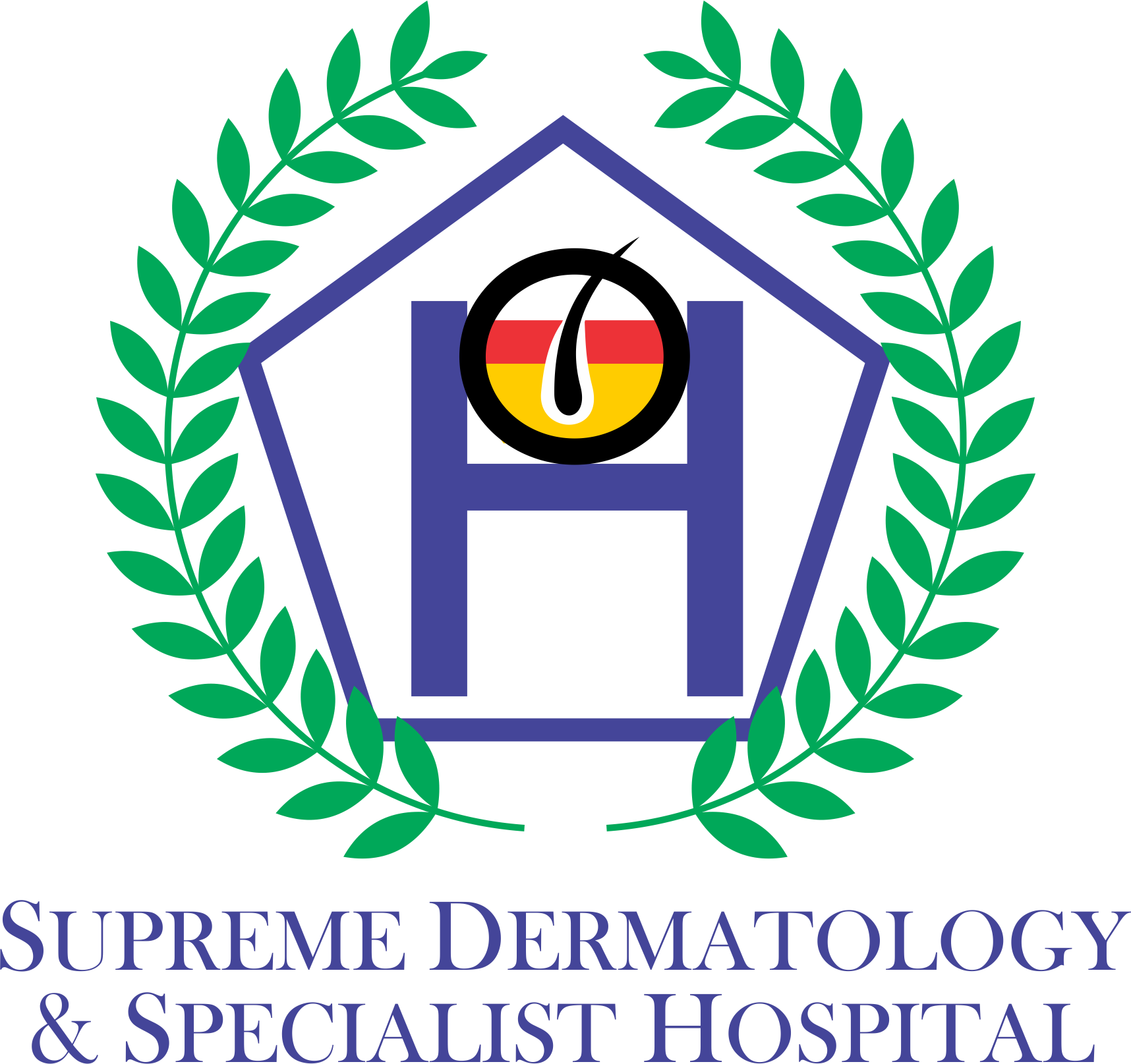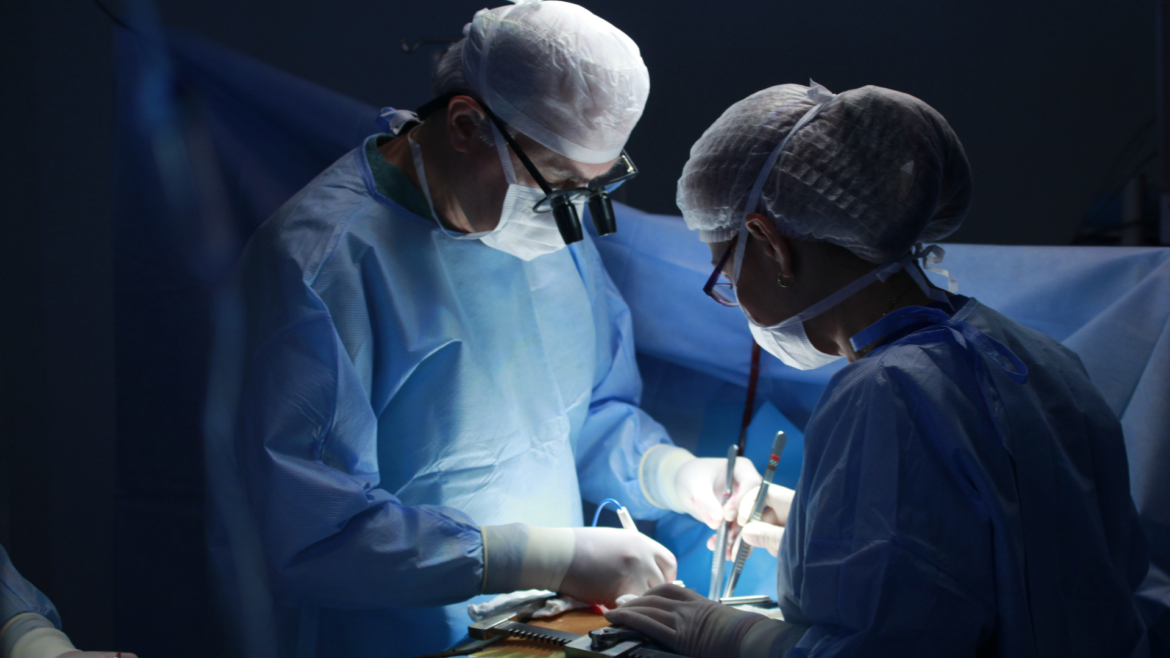Dermatologic surgery deals with the diagnosis and treatment of medically necessary and cosmetic conditions of the skin, hair, nails, veins, mucous membranes and adjacent tissues by various surgical, reconstructive, cosmetic and non-surgical methods. The purpose of dermatologic surgery is to repair and/or improve the function and cosmetic appearance of skin tissue.
It mainly deals with the treatment of damaged skin under local anesthesia. It is purely clinic based processing. Initially, an evaluation is performed to analyze how much skin is under damage and how it should be treated or cured. Apart from this, a full body examination will be recommended to know about the health of the patient. This helps a surgeon in providing the patient with information and instructions. Soft tissue damages are treated using suitable lasers or surgeries. It helps in regenerating tissues. The tools used in this treatment are chemical peels, radio frequency waves, lasers, mid-infrared light etc. Lasers can treat hair removal, acne scar, vascular lesions, tattoo removal, pigmented birthmarks.
Who is eligible for the treatment? (When is the treatment done?)
Persons who are having skin problems which worsen the appearance and abnormal hair growth, scars, acne, and pigmented marks are eligible for Dermato-surgery. A surgeon will evaluate your skin conditions and then decides the type of treatment. The eligibility for the treatment for the disease can be best diagnosed by the specialist doctor. It is therefore advised that the patient consults the doctor before undergoing any specific treatment. Doctors on examining the conditions shall decide the eligibility for the treatment.
We offer various dermato-surgery procedures which include but not limited to the following:
- Biopsies: certain skin conditions are analyzed using Biopsies. The three main types of biopsy are shave biopsies which remove a top layer of skin as small sections. When deeper layers are removed in circular section, it is called punch biopsies and when entire abnormal skin is removed it is known as excision biopsies.
- Chemical peels: A chemical solution is first applied to the skin. This causes the skin layer to peel off leaving behind a new layer of smoother regenerated skin. generally, this is used to treat skin which is damaged in the sun and affected by acne. Also, this can treat age spots and underlines of eyes.
- Cosmetic injections: injections are given to reduce wrinkles, scarring, and facial dullness. Botulinum toxin or fillers are injected to treat the same.
- Cryotherapy: this is performed to treat skin warts. Liquid nitrogen is used to freeze skin lesions which can destroy affected cells in the skin.
- Laser surgery: various skin complaints such as warts, moles, tattoos, scars, wrinkles, unwanted hair, and birthmarks are treated using the special beam of light.
- Dermabrasion: skin patches, wrinkles, and scar tissues are removed using a high-speed rotating brush.
- Excisions of lesions: lesions are removed to prevent infection, disease spreading, treat symptoms. General anesthesia is given to numb the area where lesions are to be removed.
- Skin grafts and flaps: often missing skin can be replaced using the skin from some other parts of the body. A skin graft or flap is created from tissue near the area of skin loss.
- Tumescent liposuction: excess fat from the body is removed using tumescent liposuction. Local anesthesia is injected into fatty tissue, which is then sucked to remove the fat. Also, lasers can be used to burn fat cells and remove the tumescent fluid.
- Vein therapy: some time spider veins, small dilated surface veins are removed for cosmetic purposes. The treatment for spider vein removal is Sclerotherapy. A chemical solution is injected into the target vein which will irritate the vein making it less distinct or disappear completely.
Ready to make a change? Call +2348101407128 to schedule a consultation with one of our board-certified dermatologists or book your appointment now on the website.


